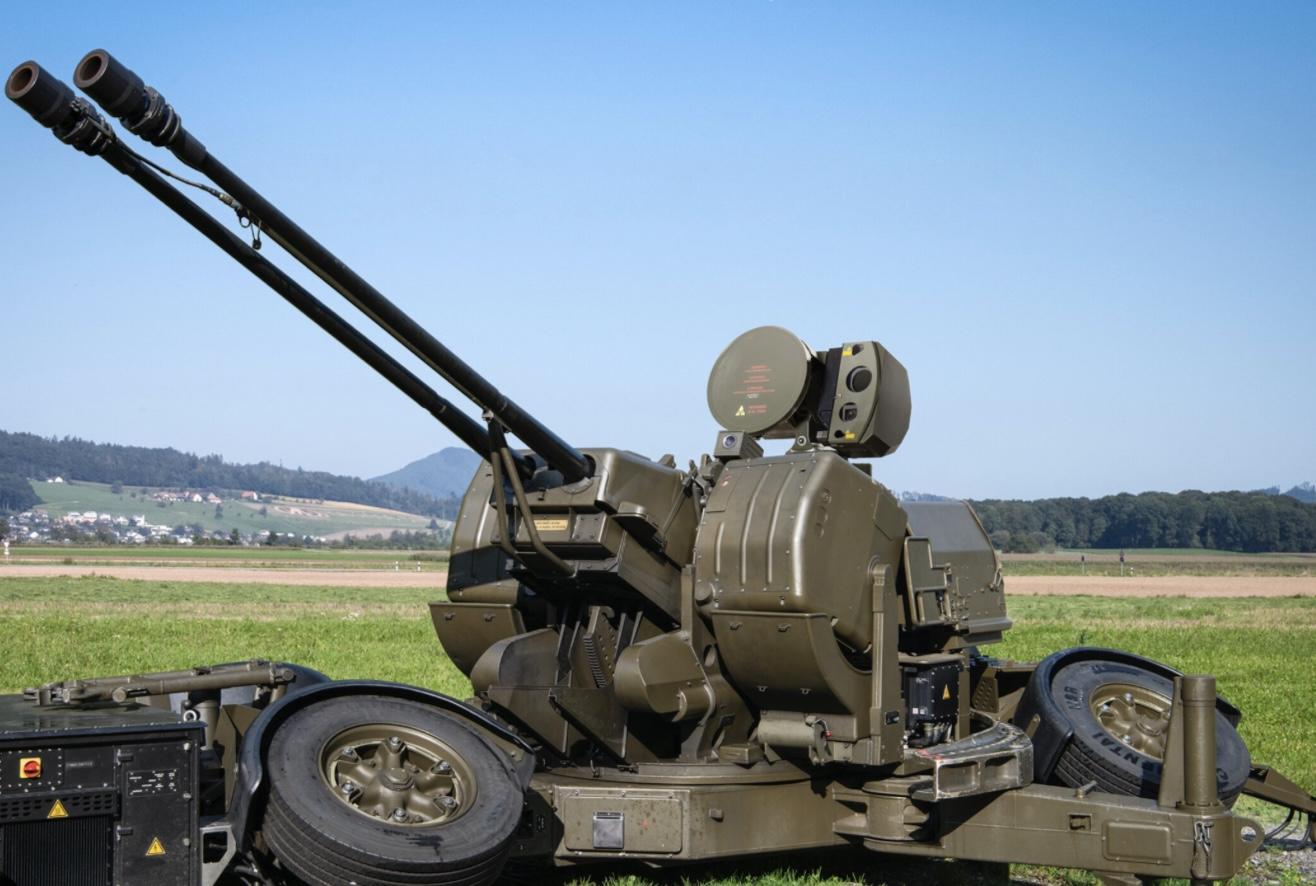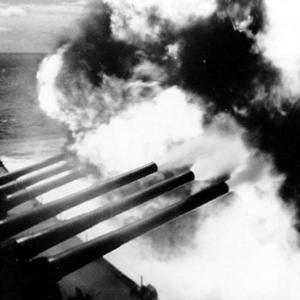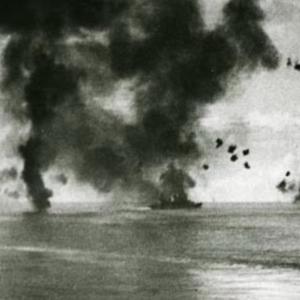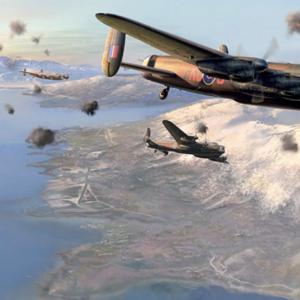
35mm anti aircraft Argentinian oerlikon gun
The 35mm anti-aircraft gun used by Argentina is a variant of the Swiss-designed Oerlikon GDF series. This system was originally developed in the late 1950s by Oerlikon-Contraves and underwent significant refinement throughout the 1960s. Designed as a towed, twin-barrel automatic gun, it was created to counter low-flying, high-speed aircraft with rapid and sustained firepower.
In the 1970s, Argentina acquired the GDF-001 and GDF-002 models and integrated them into its national air defense system. To enhance their targeting capabilities, these guns were paired with the Skyguard fire control radar system, a move that significantly improved their effectiveness. This integration allowed operators to track and engage targets accurately, even in poor visibility or high-speed conditions. Some units were also equipped with the XABA optical sight for manual targeting, providing flexibility in combat scenarios where radar use was limited.
As newer models like the GDF-005 became available internationally, featuring digital fire control and compatibility with advanced ammunition, Argentina continued using its earlier versions due to budget constraints and system familiarity. The guns were typically deployed in fixed defensive positions or on mobile platforms, coordinated through centralized radar and communication units for airspace coverage.
A key strength of the Oerlikon system lies in the wide variety of ammunition it supports. This versatility allows operators to respond to different types of airborne threats. The ammunition types include high-explosive incendiary rounds with or without tracers (HEI-T, HEI), base-fuzed airburst rounds (HEI-BF), and semi-armor piercing incendiary rounds with tracers (SAPHEI-T), offering powerful effects against both aircraft and lightly armored vehicles.
For more specialized threats, such as fast-moving or lightly armored air targets, the system can use FAPDS (Frangible Armor Piercing Discarding Sabot) rounds, which offer armor penetration without damaging the barrel. Additionally, more advanced rounds like AHEAD (which disperses sub-projectiles to destroy missiles and drones) and the ATOM 35mm airburst round (which releases tungsten pellets at a programmed distance) provide the system with extended capabilities, particularly in modern air defense against UAVs and precision munitions.
When it comes to operational performance, the Oerlikon GDF series offers a high rate of fire and a reasonable engagement envelope. Each barrel can fire approximately 1,000 rounds per minute, allowing for intense bursts against fast targets. The effective range is about 2 kilometers for aerial threats, with a maximum reach of up to 4.5 kilometers under ideal conditions, though accuracy and lethality decrease beyond the optimal range.
These guns saw active use in the Falklands War, where they were deployed to counter British air raids. While they proved effective in certain engagements, their overall impact was occasionally limited by environmental factors, radar issues, and logistical challenges during the conflict.
Today, despite the introduction of more modern air defense systems, Argentina still maintains some of its Oerlikon 35mm units in operational readiness. These systems serve both as a reliable backup and a training platform. Their continued use highlights the robustness of the design and the importance of combining traditional artillery systems with modern targeting aids. As part of a layered air defense approach, the Oerlikon guns remain a practical solution for medium-range air threats, particularly in regions where budget and infrastructure constraints make missile-based systems less feasible.










